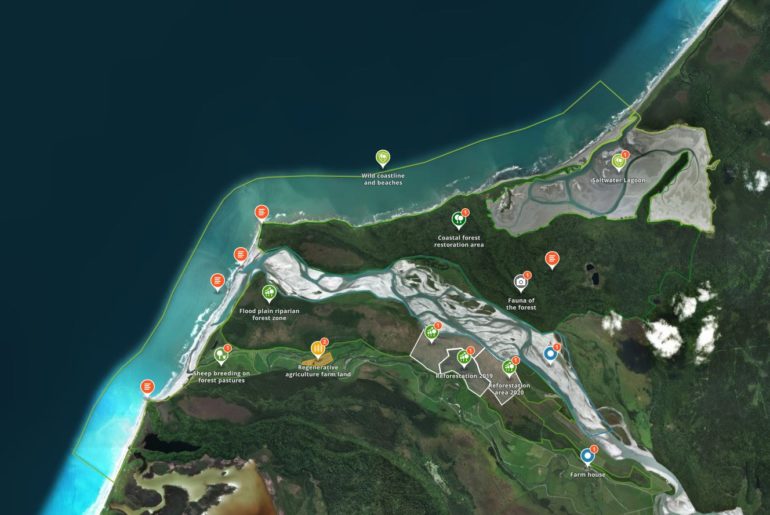Best practice is needed for impact investing in sustainable forestry
98% of investors recognize the importance of standardized impact metrics for their investment decision making. However, to date non of such metrics adapted to the forestry context were available. Consequently, forestry is underrepresented as an asset class in large investment portfolios (Glauner 2011, p. 14) due to the absence of widely accepted forest valuation standards including performance assessment methods. Investors and loan officers feel impeded to allocate capital into this nontransparent market. High transaction cost for individual forest valuation and due diligences make investments unattractive. A low liquidity for immature forestry plantations in the secondary market further inhibits capital flow.
To unleash more investments into the sustainable forestry sector, globally accepted standards need to be developed to measure, evaluate and report on the forest project performance. Decision makers on the high strategic level will then be enabled to evaluate forest investments more accurately. Best practice standards which measure the social, environmental and financial success will help to grow the credibility of the forestry investment sector.
Proposed performance metrics to evaluate sustainable forestry deals
Addressing the lack of standardized performance measurement tools, OpenForests has compiled a comprehensive and structured set of performance metrics (FairForest Metrics) to describe and measure the level of sustainability of forestry ventures. FairForest provides about 170 metrics to quantify the performance of the projects with the following focuses:
- Social impact
- Environmental impact
- Financial performance
- Business environment
- Management performance
- Production security
Download the entire catalog of FairForest Metrics.
How FairForest metrics can be used
For investors and fund managers
An investor wants to put 10 percent of his capital into sustainable forestry. He finds various reforestation projects across different countries which all claim to perform at similar rates of financial returns and all report to be very sustainable. Because all projects measure their holistic performance by FairForest Metrics, the investor can fairly compare the investment opportunities in a differentiated way. One project shows a higher social performance, another project a higher environmental performance. As gender equality and the creation of employment is prior for this investor, he will move a percentage of his funds into the first project.
By adopting the comprehensive set of FairForest performance metrics as the reporting standard across his forest project portfolio, the fund manager will be able to precisely compare the projects. In this way he is able to better manage the performance of his investments, report towards his investors, and guide future investments.
For project developers
A sustainable reforestation company from Indonesia is raising capital to expand their reforestation activities. The business model is promising but the investor is hesitant as land grabbing is a big issue in the media and a severe risk for impact investors. By using the FairForest Metrics, the project developer was able document that he has carefully assessed the land grabbing issue by prior consultation of local communities, examination of land titles, execution of a social impact study, etc. This makes investment in his company more attractive since investors are able to easily evaluate the performance of the investment.
Advantages of using FairForest Metrics
The above examples have illustrated how these metrics can be used in sustainable forestry. The central advantage of metrics is to show to responsible investors the social, environmental and financial performance of your projects. As a management tool the metrics help to better analyze and systematically improve the project performance, and at the same time to promote transparency and accountability and thus communicate best practice towards all stakeholders.
The future of forest investments
As more investors dedicate a portion of their portfolios to sustainable forestry, they are also demanding credible data about the social and environmental performance of these investments. Standardized metrics to measure the performance of forestry projects help to make investments in forestry more transparent, professional and sustainable. We believe that already minor changes in the investment strategy of institutional investors can significantly increase capital allocation into forestry and help to finance reforestation activities on a large scale.



